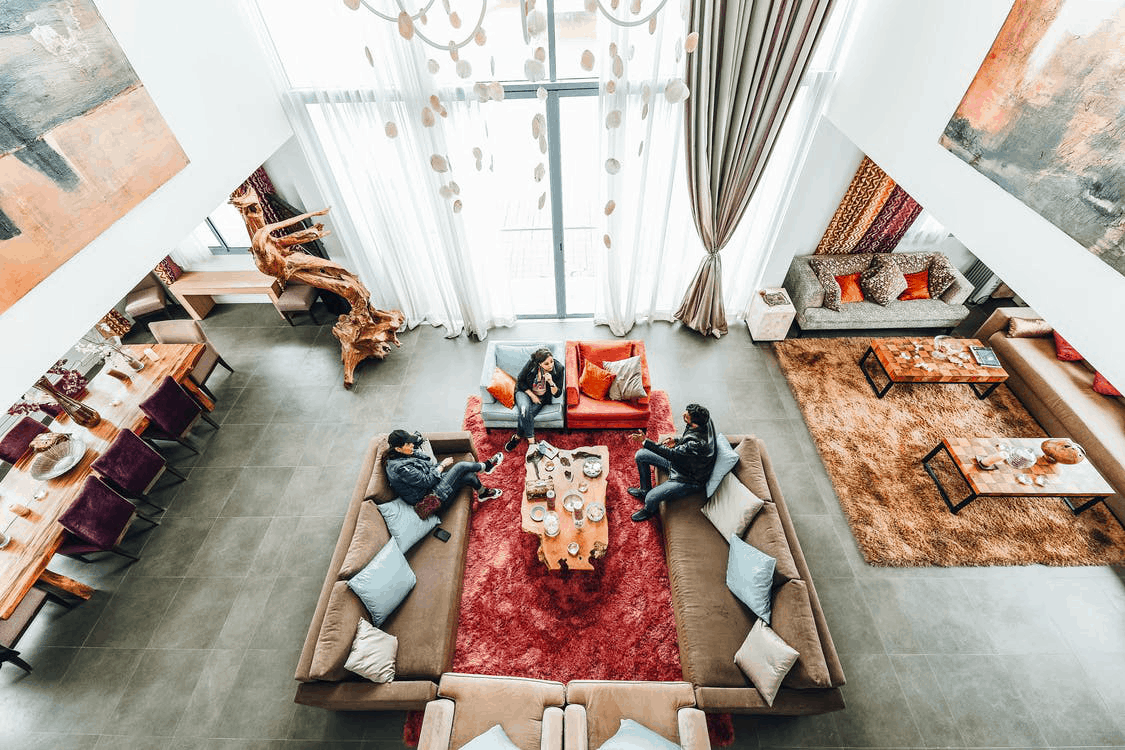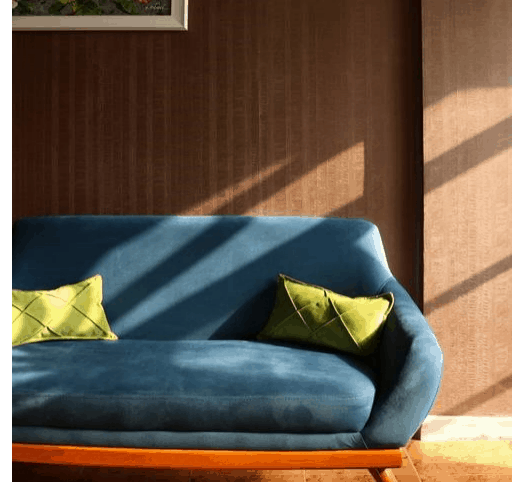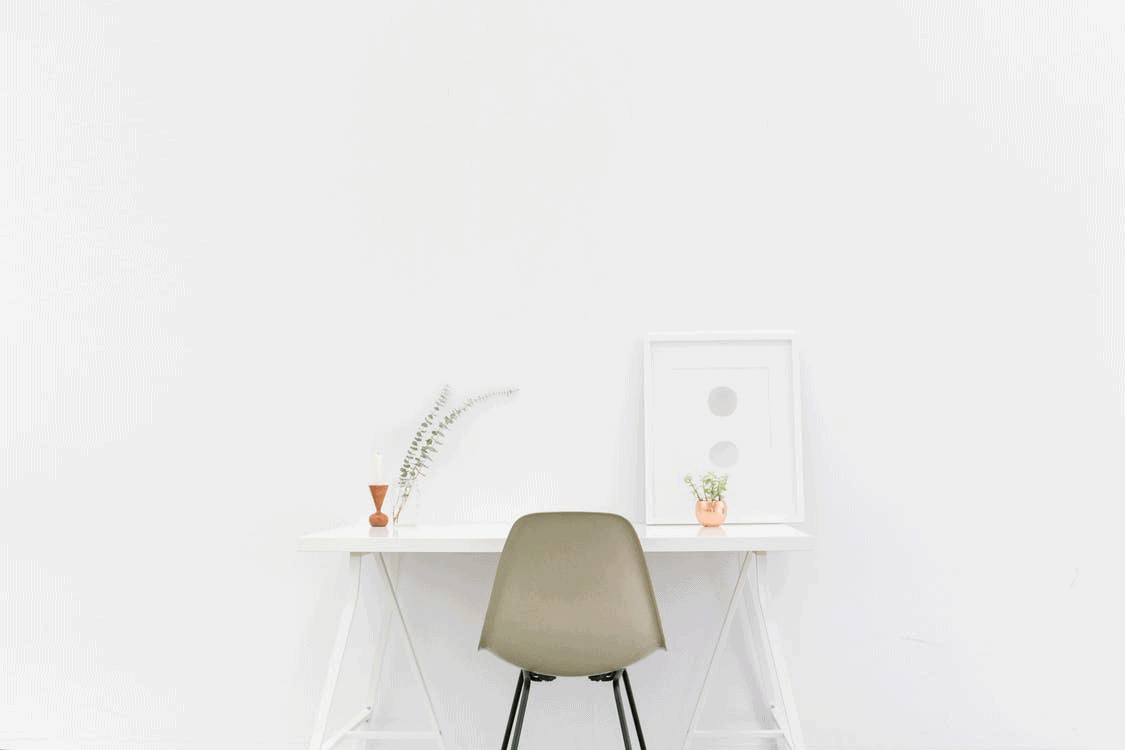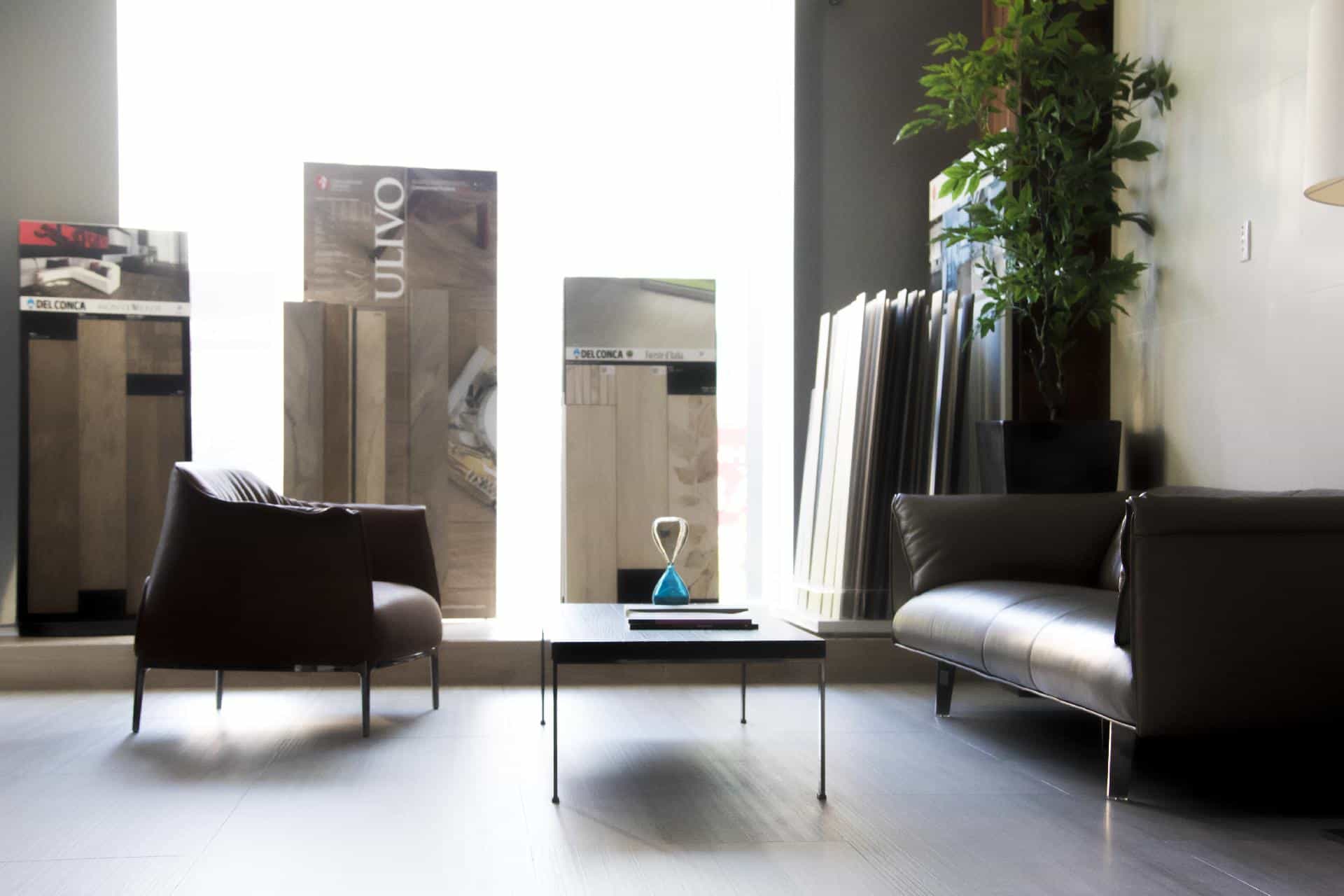Introduction
Adding new furniture items to your home might look like an easy job but executing it needs careful planning. You have to consider different patterns, styles, colors, and, most importantly, balancing with the existing decor. All of this can be a little overwhelming. Here is how to mix and match furniture:
Does My Furniture Need to Match?

The need to spend on a complete, matching furniture set has become obsolete and lost to time. As a matter of fact, many online guides that feature decorative faults award this as the most typical error people tend to make when designing their interiors. With the vast array of furniture choices today, an impressive number of personalized combinations can be derived. It nullifies the need for furniture to share the same shade or, for example, identical wood tones. Different fabrics, varnishes, and designs could come together to compose an aesthetically pleasing room or give off a look unique to anything you would find behind a closed door. You can use pre written essays to help you with college tasks.
Matching Fabric colors
Following the professional experience, attempting to match furniture based on colors often proves to be disastrous and a waste of time. It will always be significantly more feasible to find contrasting shades of furniture than to entail an endeavor of narrowing down the colors until you identify an exact match. It is quite common that complementary hues exhibit a more refined look than a single, solid color. They also do well in reflecting undertones, which variate with the room lighting. A clear-cut depiction of this can be a red and black contrast that displays a phenomenal blend of two shades that go well together, where a grey matching set appears pale in comparison. This article emphasizes how to mix and match living room furniture properly and how just a mix and match sofas can completely turn around a room.

What Mood do you Want to Create
Scientists have uncovered the psychology behind colors and how they differently impact a human’s psyche and mind frame. People’s take on different colors showcases a general subconscious consensus such as blue for cold and soothing and red triggers sensations of warmth and anger. They each become linked to a person’s many experiences in life. Therefore, a certain color theme can evoke different emotions and might be more suitable for certain people. A blue color might be more fitting for introverts as it reflects a personal space. Purple reflects a sense of nobility and evinces calmness. Red is associated with Type A personalities, most likely because a burning fire of ambition and franticness resonates with it. The color green summons positive emotions such as that of tranquility and relaxation. A subtle yellow can also bring positive vibes and make your guests ravenous. Students need to buy custom essay to help you research before picking a color.
Is Room Warm or Cool?
Every color adds to the dynamics of your space. A room with a warm-colored theme includes shades of yellows, oranges, and golds. In contrast, cooler tones can include shades of blues, purples, pinks, and reds. A great tip is to fade the line between the tones and incorporate them to look pleasing to the eye. It would help if you created a balance. You might prefer warm or cool tones; it is safe to add most of the elements of the tone you prefer. However, do not forget to add accents of the other tone to make the look complete.
Use Matching Samples
Even though playing with contrasts is the safest way to accentuate the décor of the living room and break the monotony. Nevertheless, it does not mean that this rule is written in stone. Matching similar elements is nothing like matching denim pants with a denim shirt. It is a gamble, but it can be done right. You can start by using matching samples to check if all the individual elements make sense. Students can buy essay online to learn how to use matching samples. However, I would recommend you to take professional help while going monochromatic. It is tricky to match living room furniture and still pull it off.

Is it a Room for Socializing or a Private Room?
The purpose of a room is easily demonstrated by the way it is structured. It is a visual cue for one who enters, allowing them to recognize the purpose the room was meant to serve instantly. For example, a living room is supposed to be an open space with the motive of socialization. Therefore, you should be able to match furniture for living room. For example, you should know how to mix and match sofas and chairs and evenly space them. It is intended to be comforting; hence a layout comprising of a fireplace, a television, and furniture placement that avoids congestion would do wonders. Furniture should be placed further from the walls to appear intimate even with all the open space to roam about. Being open does not mean that your living room must be enormous. It should be sized such that converse will not be hindered. If it is too big, people might have to communicate at higher amplitudes and be discomforted in doing so. In conclusion, it is best to resize the living room into smaller portions if it is large. It is also noteworthy that the living room and the furniture sets you plan on acquiring are adequately measured before the purchase.
Seeking Professional Help
Sometimes it is best to entrust a room renovation to the hands of a professional. In times of indecision, asking a professional might be the best and easiest course of action. Contacting and demanding the assistance of free paint color consultation is a sure-fire way of knowing the right shades, and the best quality paint will be used to polish your home’s interior. They might help by sending a visual representation of shades. It can be done by sharing color swatches and digital imagery of how the walls would look post-renovation. Charge-free cans of try-on paints may also be offered to help with decision making. Painting is also best left to those who adhere to the profession, and it is highly recommended not to take self-responsibility in the matter.
Conclusion
According to your house style, buying furniture does not mean to match sofas and chairs or to paint walls a funky color. Every element has to be taken into consideration and should be checked for compatibility with the chosen theme. The tips above will help you make suitable and well-informed decisions.
Discover more from Futurist Architecture
Subscribe to get the latest posts sent to your email.



